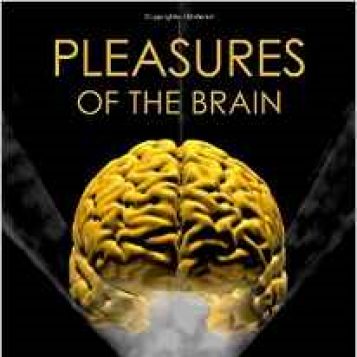James Olds Distinguished University Professor of Psychology and Neuroscience
About
Additional Research Interests: Learning, Motivation, Neuroscience
Research in my lab seeks better answers to questions, such as:
- How is pleasure generated in the brain?
- What are the neural bases of reward wanting and liking?
- How are rewards learned?
- How do brain motivation systems work?
- How is appetite controlled?
- What causes addiction?
- How does the brain distinguish pleasant from unpleasant?
- How does fear relate to desire?
We use optogenetic, drug microinjection, and other painless techniques to manipulate neural components of mesocorticolimbic systems in rodents, combined with sophisticated behavioral analysis techniques to assess changes in reward learning, ‘liking’, and ‘wanting’ or other motivation processes. Each graduate student in our lab has an individualized research program focused on a selection from these topics guided by their own interests.
Recent Representative Publications
Robinson TE & Berridge KC. The incentive-sensitization theory of addiction 30 years on. Annual Review of Psychology 76: 29-58 (2025).
Berridge, K. C. Separating desire from prediction of outcome value. Trends in Cognitive Sciences, 27 (10), 932-946 (2023). PMC 1052790 https://doi.org/10.1016/j.tics.2023.07.007
Baumgartner, H. M., Schulkin, J., & Berridge, K. C. Activating corticotropin releasing factor (CRF) systems in nucleus accumbens, amygdala, and bed nucleus of stria terminalis: Incentive motivation or aversive motivation? Biological Psychiatry, 89: 1162–1175 (2021). https://doi.org/https://doi.org/10.1016/j.biopsych.2021.01.007
Nguyen, D., Naffziger, E.M., Berridge, K.C. Positive affect: nature and brain bases of liking and wanting. Current Opinion in Behavioral Sciences, 39:72-78 (2021). https://doi.org/10.1016/j.cobeha.2021.02.013 PMCID: PMC7978410
Warlow, S.M., Naffziger, E.E. & Berridge, K.C. The central amygdala recruits mesocorticolimbic circuitry for pursuit of reward or pain. Nature Communications 11, 2716 (2020). https://doi.org/10.1038/s41467-020-16407-1
Baumgartner, H.M., Cole, S.L., Olney, J.J., Berridge, K.C. Desire or dread from nucleus accumbens inhibitions: reversed by same-site optogenetic excitations. Journal of Neuroscience, 40(13): 2737-2752 (2020)
Berridge, K.C. Affective valence in the brain: modules or modes? Nature Reviews Neuroscience, 20, 225-234 (2019).
Berridge, K. C. Evolving concepts of emotion and motivation. Frontiers in Psychology, 9, 1647, 1-20 (2018). doi: 10.3389/fpsyg.2018.01647
Castro, D. C. & Berridge, K.C. Opioid and orexin hedonic hotspots in rat orbitofrontal cortex and insula. Proceedings of the National Academy of Sciences. Online first doi: 10.1073/pnas.1705753114 (2017).
Berridge, K.C. & Kringelbach, M.L. Pleasure systems in the brain. Neuron, 86(3), 646-664 (2015). PMC4425246
Area
Alternate Office
Alternate Phone
Field(s) of Study


